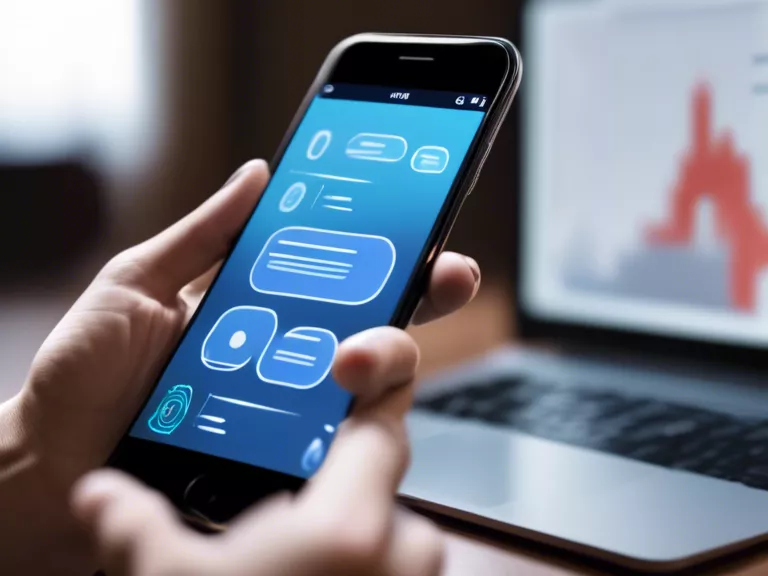
Smartphone AI assistants are revolutionizing the way users interact with their devices and complete tasks. From setting reminders to answering complex questions, these virtual assistants are becoming increasingly integral to our daily lives. In this article, we will explore how smartphone AI assistants are improving user interactions and workflows by providing personalized assistance and streamlining processes.
One of the key ways in which smartphone AI assistants enhance user interactions is through natural language processing. By understanding and responding to human speech patterns, these assistants can effectively communicate with users in a more conversational and intuitive manner. This makes it easier for users to voice their needs and receive relevant information or actions in return. Whether it's scheduling appointments, sending messages, or playing music, AI assistants can adapt to the user's preferences and habits over time, providing a more personalized experience.
Furthermore, smartphone AI assistants are adept at multitasking and coordinating various tasks simultaneously. Users can ask their assistant to perform multiple actions in one go, such as composing an email while setting a reminder and checking the weather forecast. This efficiency streamlines workflows and saves time for the user, allowing them to focus on more important tasks.
Additionally, AI assistants can learn from user behavior and anticipate their needs, offering proactive suggestions and recommendations. For example, if a user frequently checks the traffic conditions on their commute route, the assistant may proactively provide updates or alternative routes based on real-time data. This level of intelligence enhances the user experience and makes interactions with the device more seamless and efficient.
In conclusion, smartphone AI assistants are transforming the way users interact with their devices and carry out tasks. By leveraging natural language processing, multitasking capabilities, and proactive suggestions, these assistants are making workflows more efficient and user-friendly. As AI technology continues to evolve, the potential for further enhancements and improvements in user interactions is immense.



